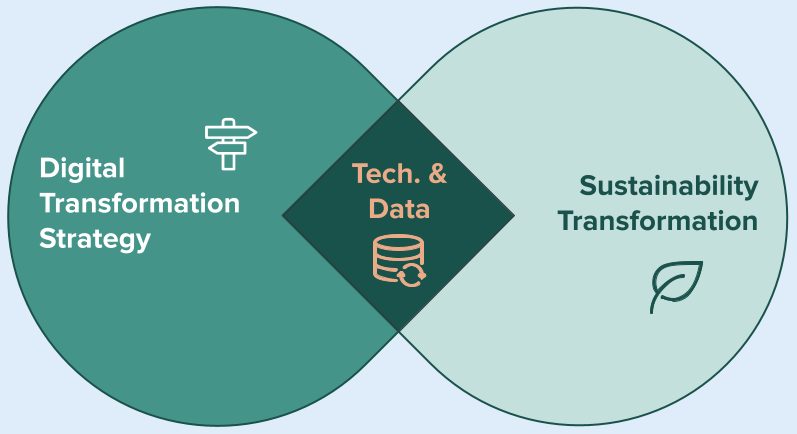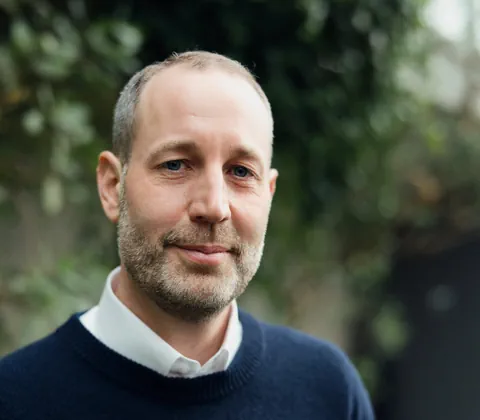Sustainability & Circular Economy
Both are part of the so-called “Twin Transformation”
![]() The Twin Transformation pursues the noble goal of realizing social, ecological and sustainability goals together digital transformation and thus driving economic change forward and making it socially meaningful and, above all, economically successful.
The Twin Transformation pursues the noble goal of realizing social, ecological and sustainability goals together digital transformation and thus driving economic change forward and making it socially meaningful and, above all, economically successful.
In the traditional sense, the circular economy is a production and consumption model in which existing materials and products are shared, rented, reused, repaired, remanufactured and recycled for as long as possible. This extends the life cycle of products and resources. The aim is to minimize scrap and waste, and thus the devaluation of raw materials and resources, to a minimum.
However, we want to define the term more broadly and see it as a substantial component of the Twin Transformation , which combines sustainability and digital transformation under one roof. In the broadest sense, it is about: new, resource-saving business models, the change in value chains and industrial structures, and about the way in which the different stages of production and consumption work together. The circular economy is increasingly becoming a data economy.

Sustainability and digitalization form a flywheel that drives each other. Only digitalization creates the basis for a comprehensive ecological transformation of our economy.
We see 3 levels of impact on which digitalization and the intelligent design of data relationships make the dicisive difference in the circular economy and have also added a few examples to make it easier to understand.

IMPROVE - achieve improvements
- Digital process mapping to assign emissions and energy consumption to products and services and optimizing them
- Digital trading platforms as new channels to market products and secondary materials (recyclates)
- Tracking & tracing to evaluate material flows, usage patterns and quality of recycling processes for optimized product designs
- Digitally enabled diversity & inclusion through accessible and digital workplaces
CONVERT - achieve realignment
- Taking back products and separating raw materials is made easier by digitally available product components and automated processes
- Supply to the secondary market via platforms (second hand market)
- Refurbishment
TRANSFORM - realize reorientation and conversion
- Reduction of transaction costs through platforms and apps for organization and scaling (digital workplace, collaboration with customers and partners)
- Pay per use (usage-based business models - the product remains the property of the manufacturer and can be used multiple times) - incentive to produce products that are as durable and robust as possible
- Digital product passport to facilitate purchasing decisions
We consistently think digitalization to the end through
- a strategic approach to digital transformation (see als Digital Transformation Strategy)
- common data models and reference architectures for consistent data cycles (see also Architecture Transformation)
- the creation of a reliable and secure data infrastructure and the promotion of the merging of different data across system boundaries in order to connect physical material flows and digital data flows
- an examination of the business goals from a social, economic and ecological perspective (see Digital Business Sweet Spot)
- considering the impact on your organization, processes and cultural challenges (see Organizational Development)

Do you want to further advance your company in the area of Twin Transformation?
Do you have more questions? Then contact us!